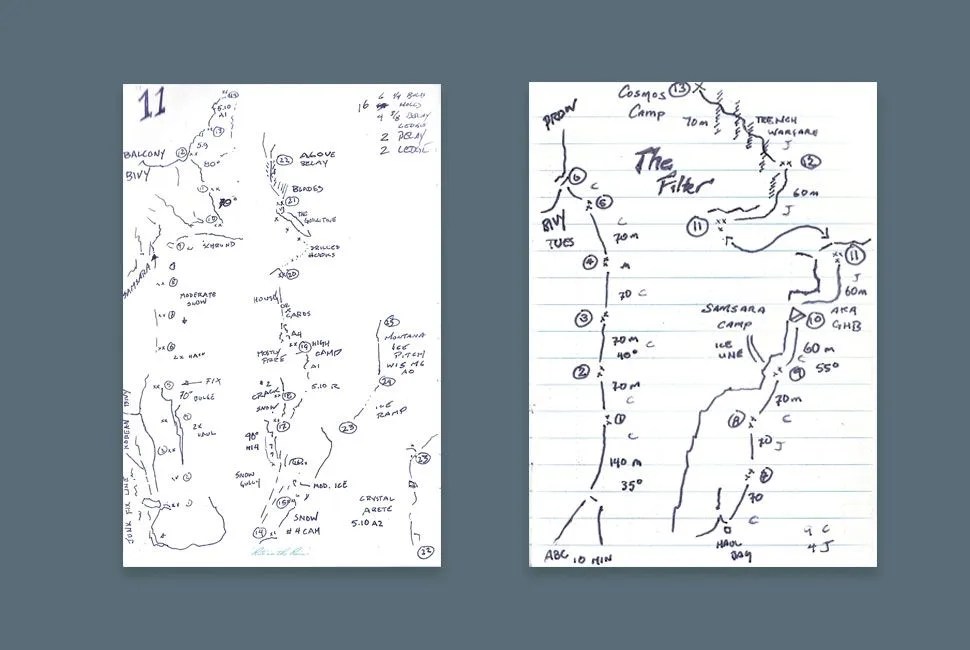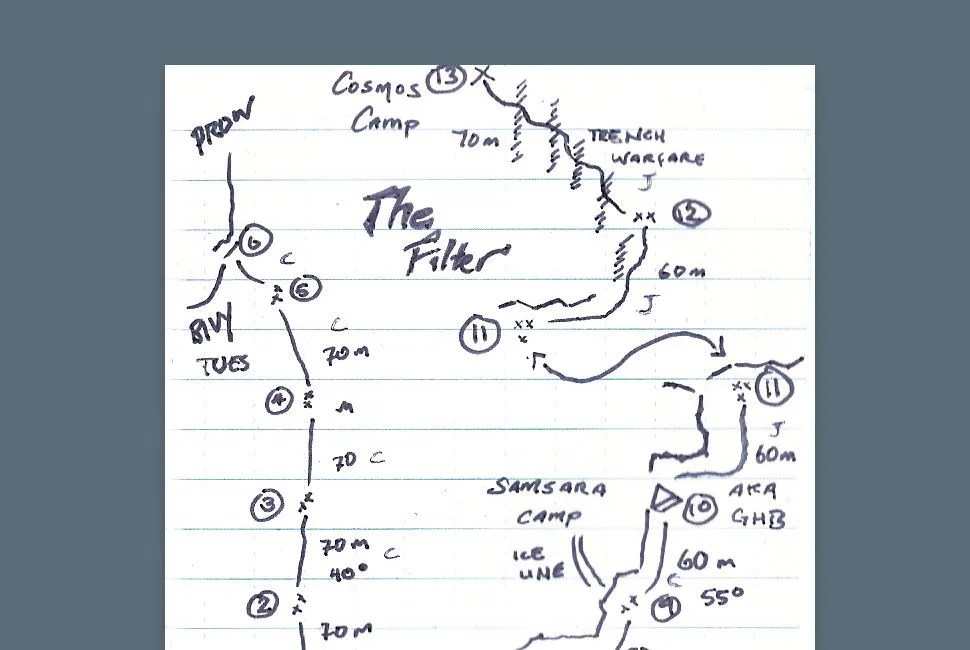When he approaches an unfamiliar mountain or rock face, Conrad Anker says he sometimes feels intimidated. That’s surprising, coming from a man who’s conquered many of the world’s most difficult climbs: Everest (three times, once without supplemental oxygen), El Capitan in Yosemite, all three peaks of the Cerro Torre mountains in Patagonia and, perhaps most notably, the first ascent of the Shark’s Fin on Mt. Meru — a climb that was previously thought to be impossible, and has not yet been repeated — among dozens of other astounding ascents.
Any apprehension that Anker has about summiting a new peak or climbing a new route, however, eventually fades once he has taken a step back to gather himself and consider a few key things. He studies the rock. He identifies the holds. He draws a map. He says to himself, “OK, it’s been done before — it’s not that bad.” And then he climbs high, gracefully and free of inhibition, toward his goal. You, too, can climb like the greatest living mountaineer — all you need is some climbing gear, a healthy amount of ambition and a few useful tips from the man himself.

1. Keep a journal. On particularly long, intense routes, or on routes you’ve never tried before, observing from the ground and miming the moves can only get you so far. For these types of climbs, Anker recommends mapping out the route in a notebook. It’ll help you plan your climbing strategy before hopping on, and will help you remember the details when you climb it again.
2. Understand the rock type. Before you squeeze into your climbing shoes, Anker says it’s crucial to understand the rock you’ll be climbing on, as it will affect all aspects of the climb. Granite, a favorite among big wall climbers, is the hardest and smoothest of climbing rock types, while sandstone and limestone are soft and jagged. Bumpy rock types are easier, flakey necessitates more safety, and featureless requires more finesse.
3. Know the route rating. The majority of American climbers use the Yosemite Decimal Rating System to assess the difficulty of climbing routes. The system describes five classes, increasing by degree of difficulty — Class 1 is a simple hiking trail, Class 5 is a sheer vertical face — but for now, forget about the first four classes. Class 5 is where the real climbing occurs. Here’s a breakdown:
